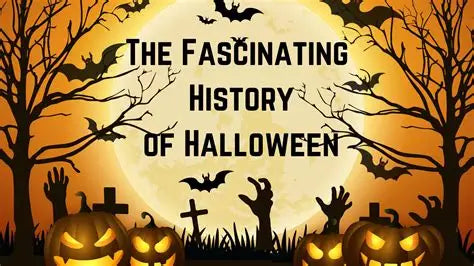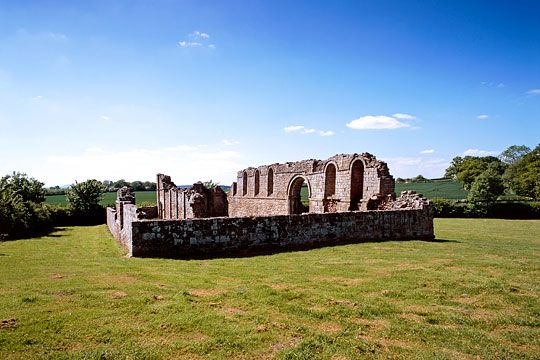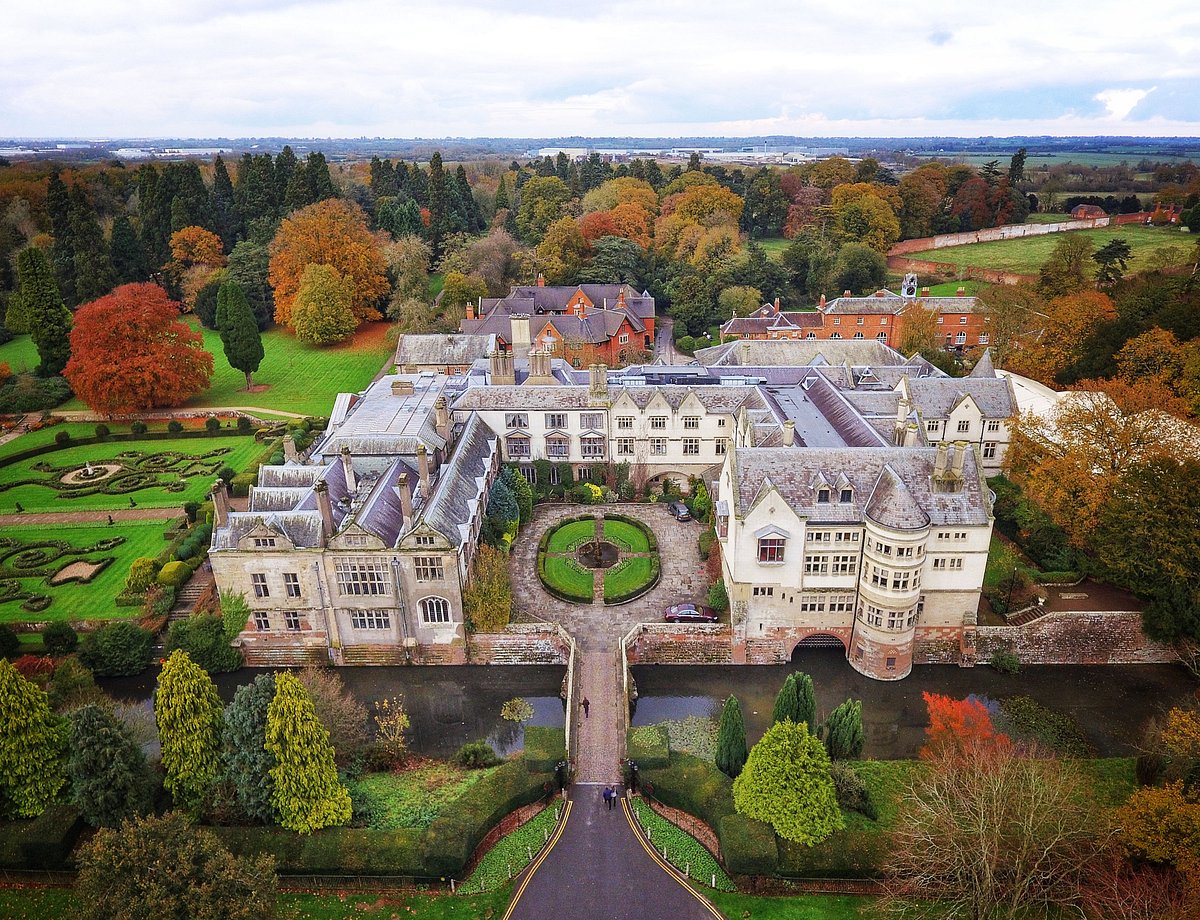Halloween has a fascinating history that blends ancient traditions, cultural practices, and evolving customs. It’s celebrated on October 31st and is widely recognized today for its costumes, trick-or-treating, and spooky themes, but its origins go back thousands of years.
1. Ancient Celtic Roots (Samhain)
The history of Halloween can be traced back to the ancient Celtic festival of Samhain, which was celebrated over 2,000 years ago in what is now Ireland, the United Kingdom, and northern France. Samhain marked the end of the harvest season and the beginning of winter, a time associated with death and the thinning of the veil between the living and the dead. The Celts believed that on the night of October 31st, the boundaries between the physical world and the spirit world were blurred, allowing spirits of the dead to roam the Earth.
People would light bonfires and wear costumes, often made of animal skins, to ward off these spirits. They believed the spirits might either cause harm or help with the coming year’s harvest, depending on how they were treated. The Celts also believed that the souls of the dead would return home to visit their families during Samhain, so offerings of food and drinks were often left out.
2. Roman Influence
After the Romans conquered Celtic territories around 43 AD, they merged Samhain with two Roman festivals. One was Feralia, a day in late October when Romans commemorated the dead. The other was the Pomona festival, which honored Pomona, the Roman goddess of fruit and trees. The apple, associated with Pomona, is said to have influenced the tradition of bobbing for apples, which is still part of some Halloween celebrations today.
3. Christianization of Halloween (All Saints' Day and All Souls' Day)
By the 8th century, the Christian Church sought to replace the pagan festival of Samhain with a Christian holiday. In 731 AD, Pope Gregory III established All Saints' Day (also known as All Hallows' Day) on November 1st, a day to honor saints and martyrs. The night before, October 31st, became known as All Hallows' Eve, which eventually became Halloween.
In the following centuries, All Souls' Day (November 2nd), a day dedicated to remembering the dead, was also introduced by the church. These days combined to form a time of reflection on death and the afterlife, reinforcing themes that were present in Samhain.
4. Halloween in Medieval Europe
During the medieval period, souling became a common practice. The poor would go door to door on All Hallows’ Eve, offering prayers for the dead in exchange for food, often called soul cakes. This custom is thought to be a precursor to modern-day trick-or-treating.
5. Halloween in America
When European immigrants, particularly the Irish, came to America in the 19th century, they brought their Halloween traditions with them. In the 1800s, Irish immigrants fleeing the potato famine brought the custom of carving pumpkins (originally turnips in Ireland) and celebrating Halloween with costumes, parties, and ghost stories.
Halloween began to emerge as a more community-focused celebration in the early 20th century. It was no longer just a time for remembering the dead but also for socializing, playing pranks, and dressing up. The tradition of trick-or-treating became widespread during the 1930s.
6. Modern Halloween
By the mid-20th century, Halloween had transformed into the commercial and family-friendly holiday we recognize today. It became a time for children to dress in costumes, go trick-or-treating, and enjoy various activities like haunted houses, parties, and parades. Halloween became big business, with decorations, costumes, and candy sales reaching billions of dollars each year.
Fun Halloween Facts:
-
Jack-o'-lanterns: The tradition of carving pumpkins comes from Irish folklore. Originally, turnips were carved, but when Irish immigrants came to America, pumpkins were more readily available and easier to carve.
-
Trick-or-Treating: This custom is thought to have evolved from “souling” and later “guising,” where people would dress up and go door to door for food or money, sometimes performing songs or plays for the homeowner.
-
The Colors: The traditional colors of Halloween — orange and black — come from the harvest season (orange) and the association with death (black).
In modern times, Halloween has become a global celebration, with countries like Mexico celebrating Día de los Muertos (Day of the Dead), which shares similar themes of honoring deceased ancestors. The traditions of Halloween continue to evolve, blending cultural, commercial, and creative influences.





